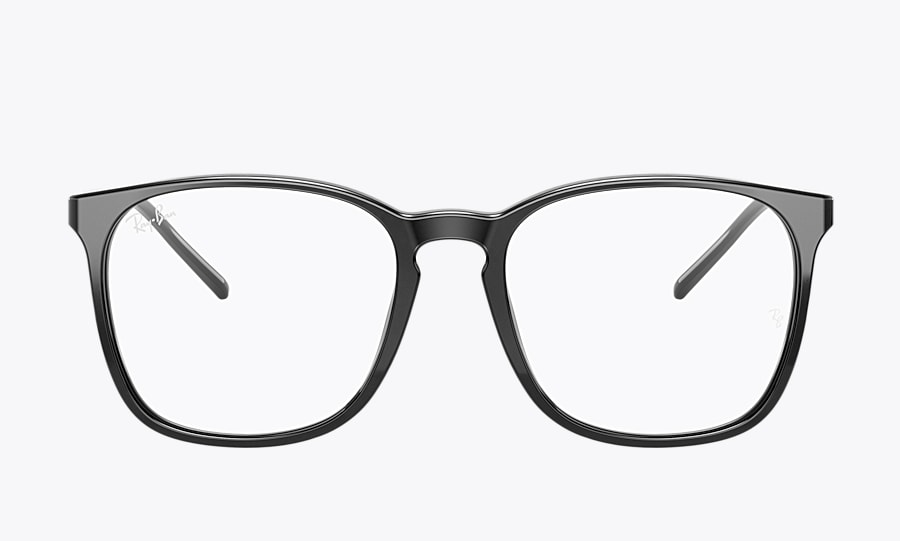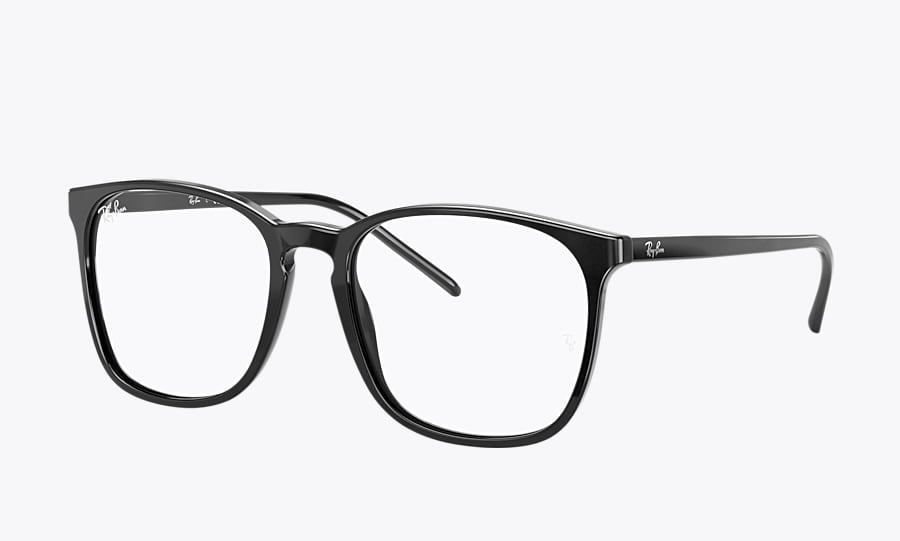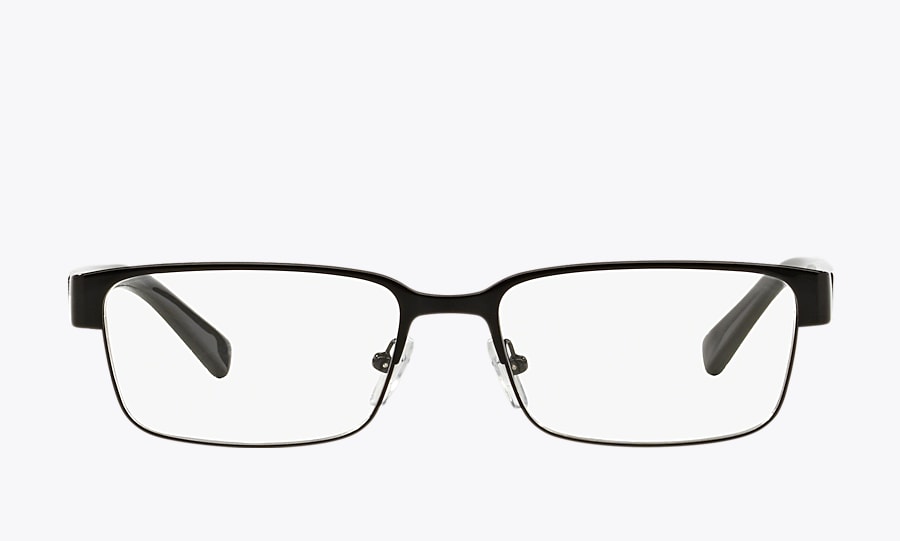
Fluorescein eye stain tests are often prescribed by doctors when they suspect you have damage to your cornea or foreign particles in your eye. You may also need this test if your doctor suspects your contacts are damaging your corneas.
Fluorescein stain, a dark orange dye, is applied to the surface of your eye during the test. Your doctor can spot any issues with your cornea and make a diagnosis based on the staining.
The cost of eye exams like the fluorescein eye stain test will depend on your insurance coverage, the region where you have the test performed, and your eye care provider. How often should you get an eye exam is based on a couple of factors; your predisposition to eye health conditions, whether you are experiencing a decline in your visual acuity or the need for corrective lenses.
What is the staining of the eye
Corneal staining of the eye is a sign of abrasions to your cornea, the outer surface tissue of your eyes. Deep scratches or abrasions on your cornea take a long time to heal and may scar.
Your outer eye's cornea is a transparent surface. It is composed of proteins and cells. The cornea lacks blood arteries, in contrast to your body's other tissues. It is lubricated by things like tears, which protect and nurture it.
It has two main purposes: to direct light as it enters your eye and to shield your eye from potentially damaging irritants like dust and germs.
The cornea is very delicate. If scraped or injured, new cells cover the wound right away to stop infection. In addition to taking longer to heal, deeper scratches may leave scars. Your doctor can identify corneal damage, tiny foreign bodies or particles in the eye, and irregular tear production using a fluorescein eye stain test. The test could also assist your doctor in determining whether your contact lenses are damaging or irritating your corneas.
If your contact lenses are causing tears in your corneas, you might consider using eyeglasses.
How to do fluorescein eye stain test
The fluorescein eye stain procedure is relatively simple. Fluorescein staining dye will be injected into your eye by your ophthalmologist (eye doctor) using either a tiny eyedropper or a piece of blotting paper. You will be asked to blink repeatedly to allow the dye to cover the cornea's surface. The staining dye is distributed throughout your tear film–the lubricating and shielding liquid layer of your eyeball. Water, oil, and mucus make up the tear film.
Initially, the color may cause a little stinging sensation. The discomfort from the dye will disappear in a short while. It will feel like regular liquid on the eye. Your eye's surface can appear pale yellow.
Then, using a device specifically designed for eye examinations, your ophthalmologist will shine a cobalt-blue light over your eye. An ophthalmoscope or slit lamp is the name of this instrument. Any irregularities or abrasions on the cornea will light up, allowing your ophthalmologist to pinpoint any issues and gauge the severity of the damage.
What is a positive fluorescein test?
If your cornea and eye are both healthy, the dye will appear smooth and uniform across your entire eye's surface. Abrasions to the cornea or foreign substances will create the opposite effects, keeping the dye from spreading uniformly on the layer of lacrimal fluid covering the eye.
A positive reading may occur because of Asthenopia (ocular fatigue) or damage to the eye caused by a scratch, makeup brush, or other impurities that enter the eye: dust, ash, or dirt. These abrasions can also arise from excessive rubbing of the eyes or old, dirty, or incorrectly fitted contact lenses.
Dry eyes resulting from medical conditions or circumstances that require your eyes to be open for a long time can also lead to this condition.
In some circumstances, dry eyes may be to blame for the harm. When you have this problem, your tears aren't producing enough to lubricate and shield the eye. The cornea may get inflamed because of this. A blocked tear duct may also be discovered by your exam.
Common eye disorder connected to the fluorescein eye stain test
The stain test is mainly used to detect abnormalities and impurities on the eye surface. The test not only identifies debris and foreign objects in the eye but can indicate a corneal infection brought on by a scrape, debris, or a secondary eye ailment. You can get assistance from an ophthalmologist in deciding whether you require additional tests or care.
How a stain eye affects visio
After the treatment, your eyesight could seem colored or dim for a few minutes and up to a few hours. This would depend on if your doctor dilated your pupil and the time it takes for the dye to leave your eye. The Fluorescein Eye Stain test does not affect your vision in any other way.



















